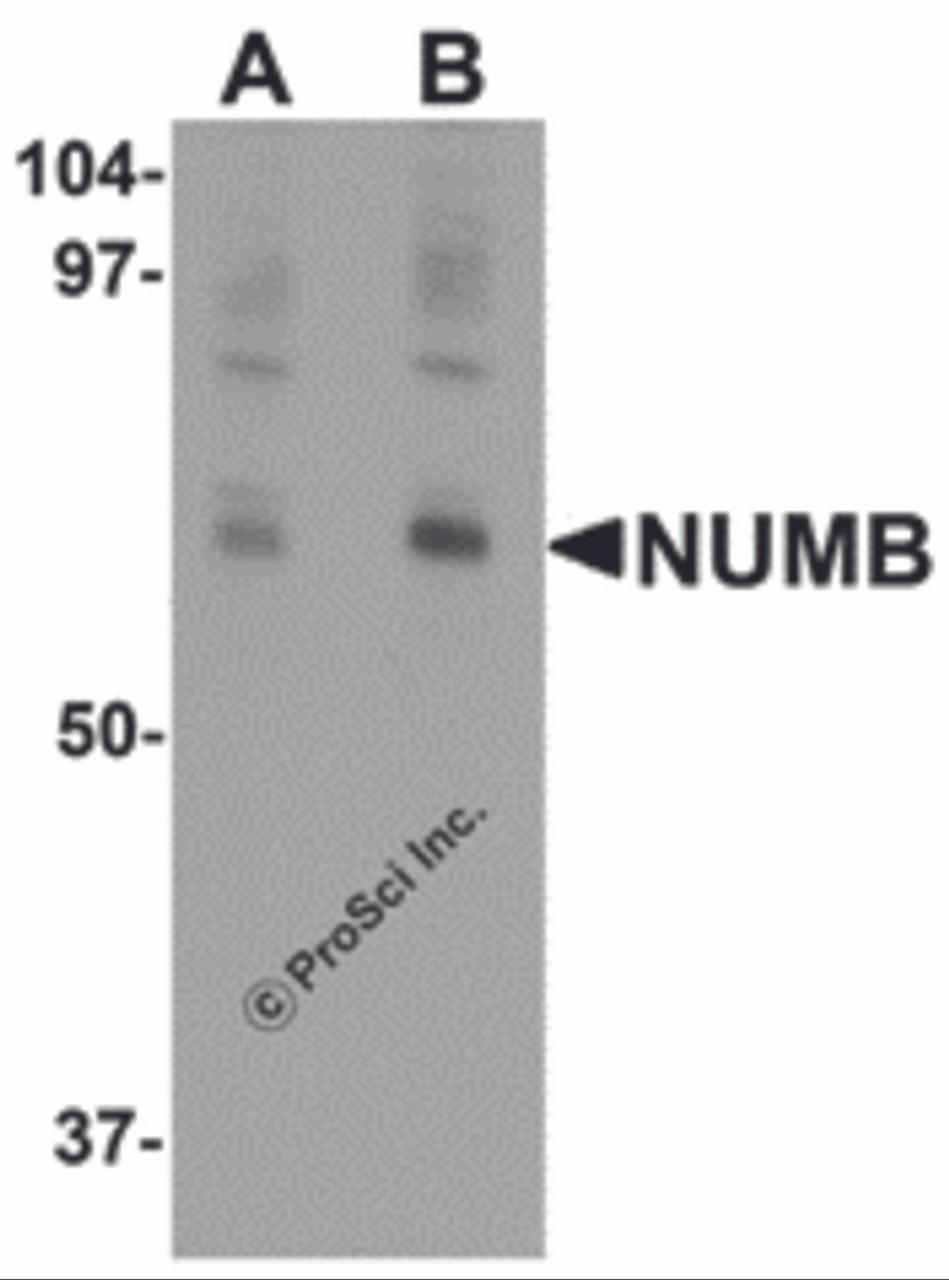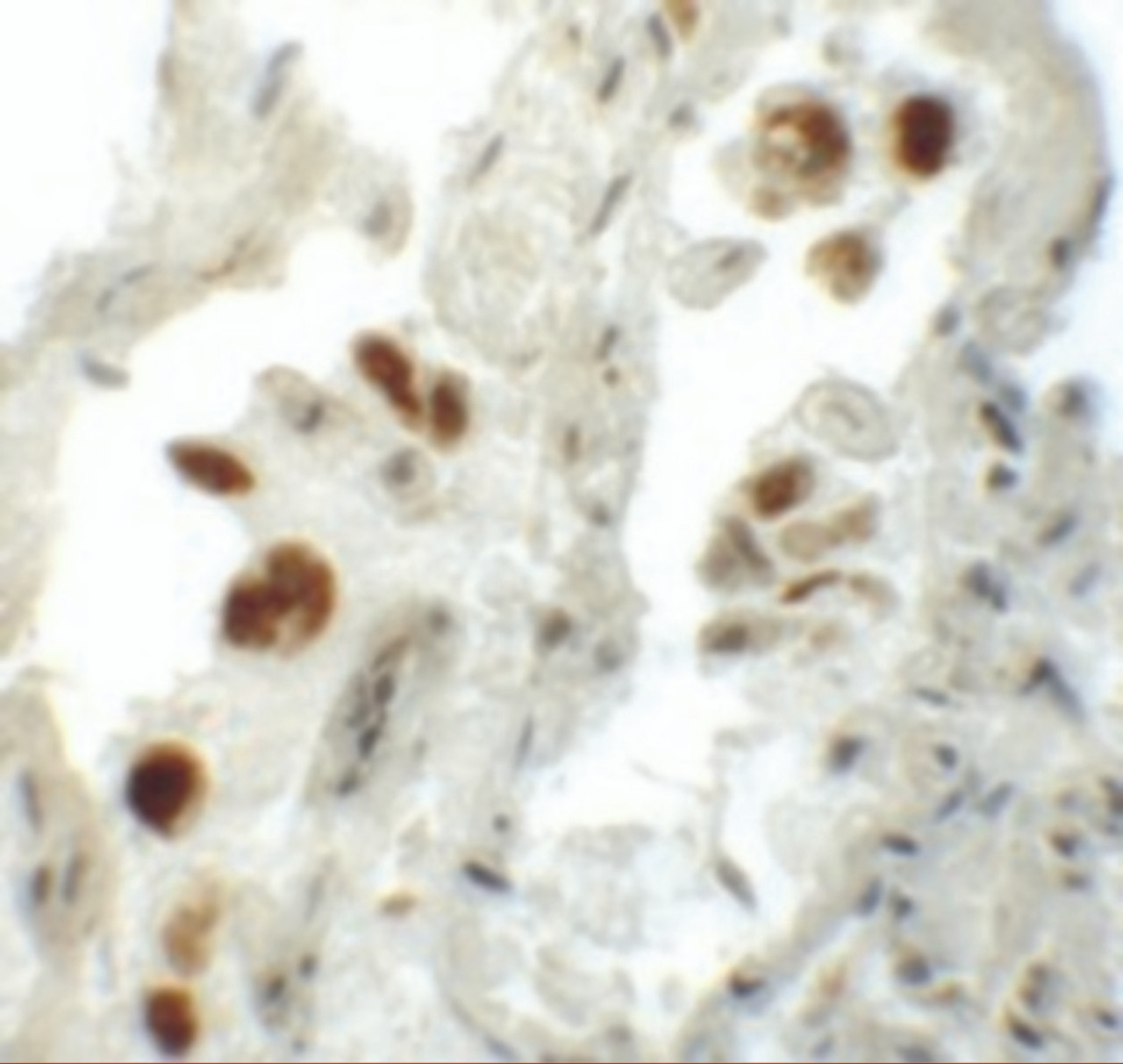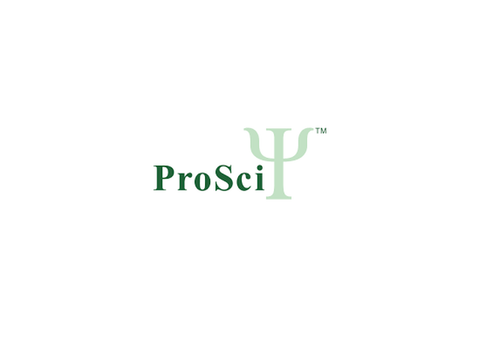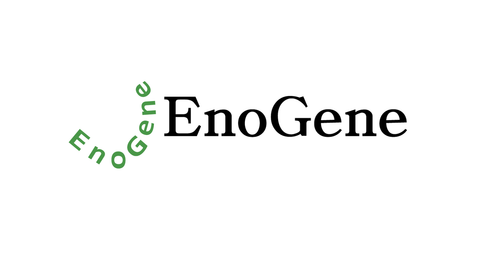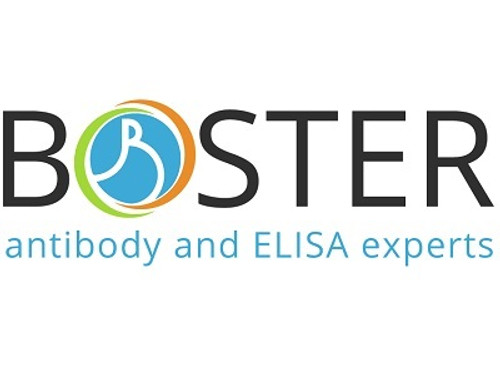Product Description
NUMB Antibody | 6311 | ProSci
Host: Rabbit
Reactivity: Human, Mouse, Rat
Homology: N/A
Immunogen: NUMB antibody was raised against a 17 amino acid synthetic peptide near the carboxy terminus of human NUMB.
The immunogen is located within the last 50 amino acids of NUMB.
Research Area: Stem Cell
Tested Application: E, WB, IHC-P, IF
Application: NUMB antibody can be used for detection of NUMB by Western blot at 0.25 - 0.5 μg/mL. Antibody can also be used for immunohistochemistry starting at 5 μg/mL. For immunofluorescence start at 20 μg/mL.
Antibody validated: Western Blot in mouse samples; Immunohistochemistry in human samples and Immunofluorescence in human samples. All other applications and species not yet tested.
Specificiy: At least four isoforms of NUMB are known to exist; this antibody will detect all of them.
Positive Control 1: Cat. No. 1402 - Mouse Lung Tissue Lysate
Positive Control 2: Cat. No. 10-101 - Human Lung Tissue Slide
Positive Control 3: N/A
Positive Control 4: N/A
Positive Control 5: N/A
Positive Control 6: N/A
Molecular Weight: N/A
Validation: N/A
Isoform: N/A
Purification: NUMB Antibody is affinity chromatography purified via peptide column.
Clonality: Polyclonal
Clone: N/A
Isotype: IgG
Conjugate: Unconjugated
Physical State: Liquid
Buffer: NUMB Antibody is supplied in PBS containing 0.02% sodium azide.
Concentration: 1 mg/mL
Storage Condition: NUMB antibody can be stored at 4˚C for three months and -20˚C, stable for up to one year. As with all antibodies care should be taken to avoid repeated freeze thaw cycles. Antibodies should not be exposed to prolonged high temperatures.
Alternate Name: NUMB Antibody: S171, C14orf41, c14_5527, Protein numb homolog, Protein S171, h-Numb
User Note: Optimal dilutions for each application to be determined by the researcher.
BACKGROUND: NUMB Antibody: NUMB, the mammalian homolog to the Drosophila asymmetric cell fate determinant NUMB, is thought to share several features molecular mechanisms in mammalian cells, generating asymmetric cell divisions during neurogenesis in vertebrate development as well as in hematopoietic stem cells. NUMB has been shown to inhibit Notch signaling, and is itself regulated by ubiquitinylation by MDM2. NUMB has also been shown to help activate the tumor suppressor p53, suggesting that loss of NUMB in cancerous cells would not only activate the potential oncogene Notch, but diminish the tumor suppressing effect of p53.
 Euro
Euro
 USD
USD
 British Pound
British Pound
 NULL
NULL


